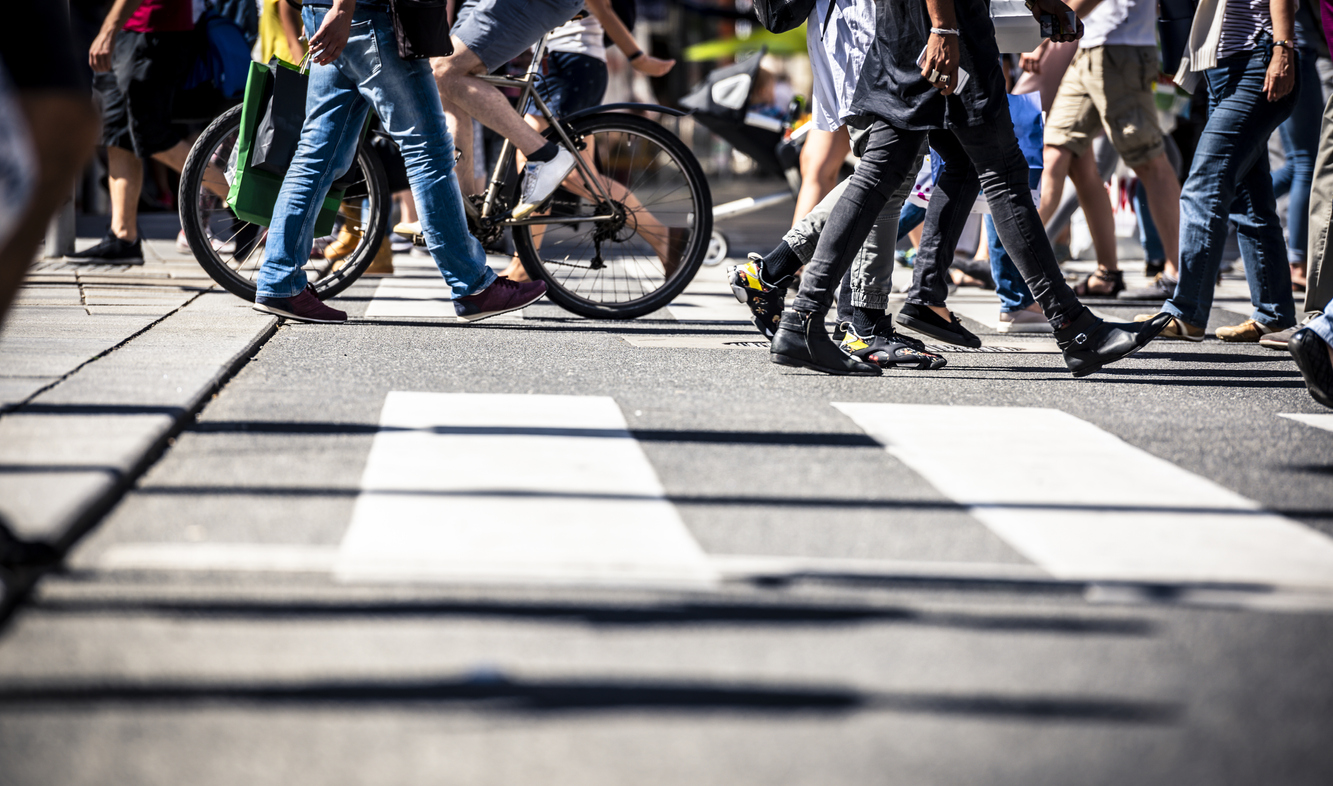Walking or riding your bike is a healthy alternative to using a car to get to work, school, or other locations. However, many communities need more infrastructure to keep the people on bicycles or on foot completely removed from vehicle traffic.
In a collision with a car, truck, or even motorcycle, the pedestrian almost always ends up worse off. Catastrophic injuries are common when a driver strikes a pedestrian or cyclist; sometimes, these accidents can be fatal.
The Most Common Injuries Sustained in Pedestrian Accidents
Severe trauma is common in pedestrian accidents. Those on a bike or walking lack the protective metal shell and airbag of a passenger vehicle or commercial truck and often sustain life-threatening injuries. The following are some of the most common pedestrian accident injuries.
Concussions or Brain Injuries
A traumatic brain injury (TBI) is any damage to the tissue of the brain. Head injuries are among the most common in a pedestrian collision, as the victim’s head may strike the vehicle, the ground, or both. The force of blunt trauma to the head causes the brain to hit the inside of the skull, causing bleeding, swelling, and bruising.
TBIs can leave the victim unable to speak properly or care for themselves independently. Some experience cognitive decline, while others may have persistent headaches or permanent personality changes.
Neck, Back, and Spine Injuries
Whiplash is a term for the violent back-and-forth motion of your neck from the collision impact. It overstretches the muscles and ligaments in your neck and can make moving the neck and shoulders difficult and painful.
A slipped or herniated disc is spinal damage. Your vertebrae are separated by small discs – fluid sacs that can become slipped out of place in a wreck. Or the disc’s outer layer can tear, allowing the sensitive inner portion of the disc to protrude and touch the spinal cord. This can cause difficulty walking and chronic pain.
Loss of Use of Limbs
Involuntary amputation can occur if the victim’s hand, foot, arm, or leg is damaged to the point where reconstructive surgery cannot save it. In some cases, the driver may have run the car over the victim’s limbs, causing an amputation at the scene.
Amputation victims face months of painful physical therapy to adjust to a prosthesis and regain their physical abilities. Some people may not be able to pursue the career they had before the accident because of the amputation damage and may have to look at alternative means to support themselves.
Fractures or Broken Bones
Broken bones are common, whether a hairline fracture or a complete break. Damage to the delicate hand and feet bones could require surgery to repair.
Crushing Injuries
Internal organ damage can occur if the victim is struck in the torso, crushing the spleen, liver, and kidneys or puncturing the lungs. Internal bleeding is common with these types of injuries, and most victims require surgery.
Dermal Injuries
“Road rash,” or serious damage to the upper layers of the skin and fatty tissue below, happens when the victim’s skin scrapes against the hard concrete, asphalt, or pavement. It can be serious, penetrating the muscle and requiring skin grafts to treat.
Pedestrian Accident Injuries Can Change Your Life
Just one of the common pedestrian accident injuries is enough to change a person’s life or result in a long recovery time and steep medical bills. However, most bike or pedestrian accident victims suffer multiple injuries that could leave them hospitalized for months or facing a permanent change in their abilities.
A local personal injury attorney can help victims of pedestrian accidents file a suit for compensatory damages against the driver who struck them.


